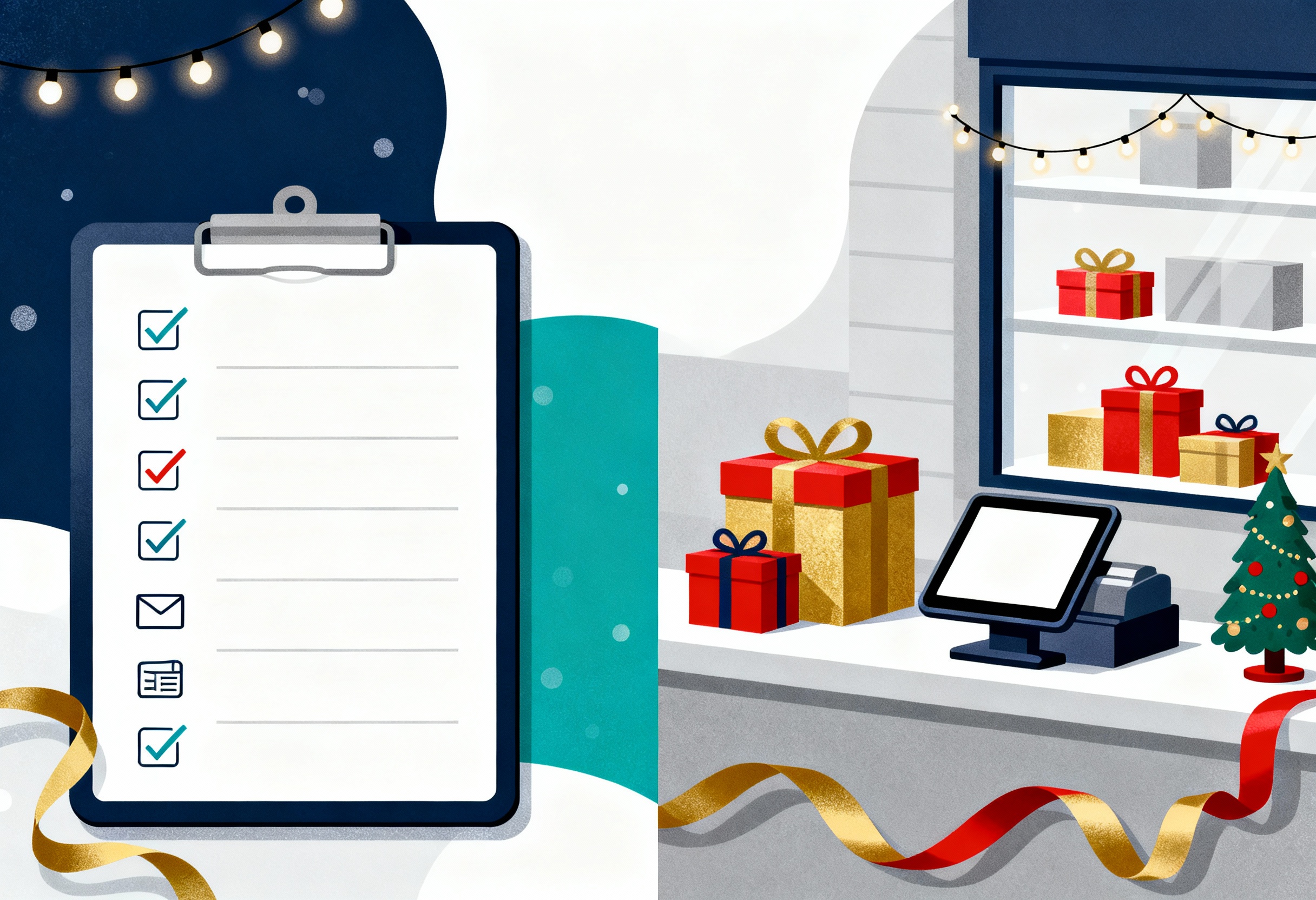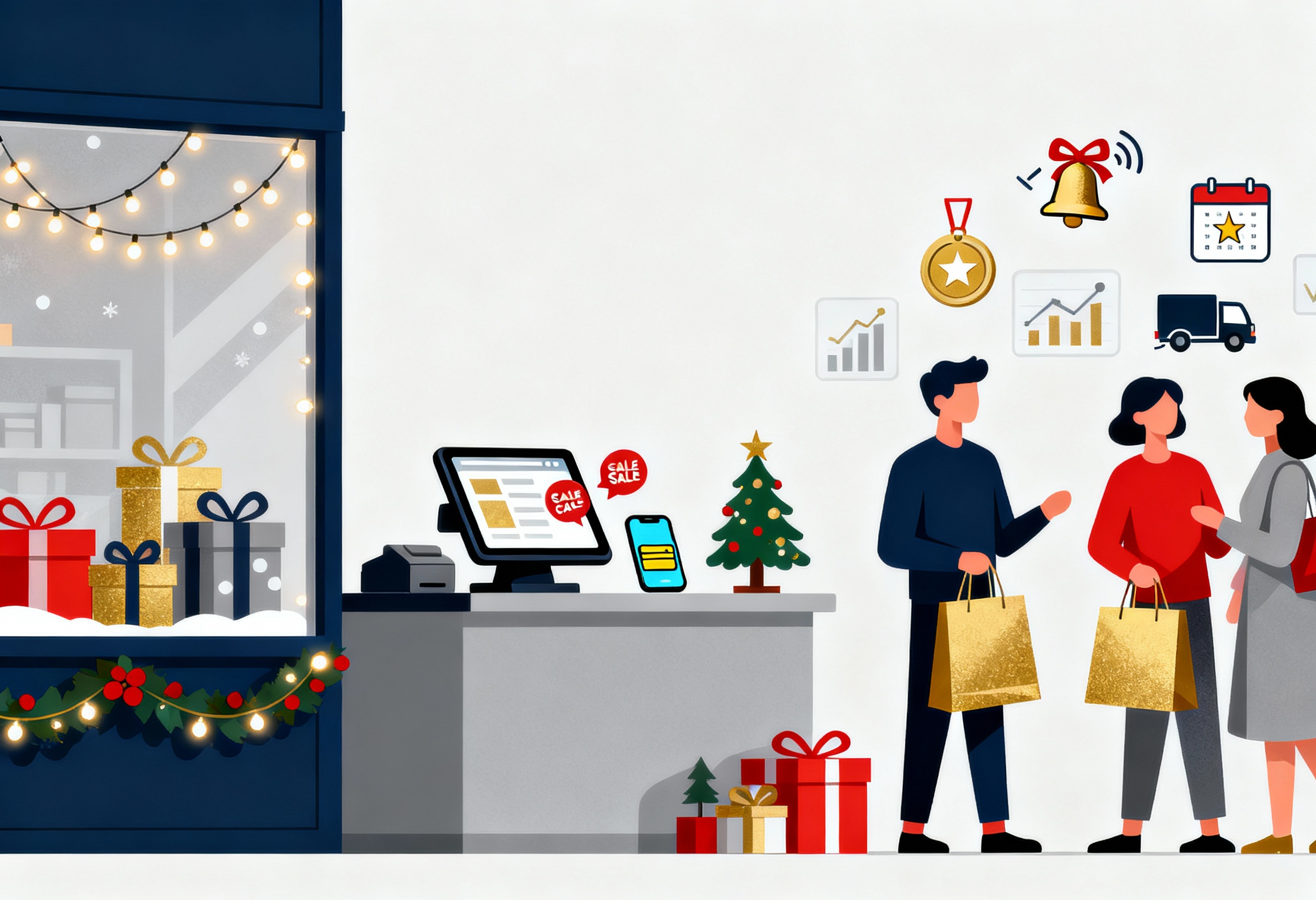Timing is everything in e-commerce. Leveraging the right holidays can boost sales, increase customer engagement, and create memorable shopping experiences. From global celebrations to local observances, each holiday presents unique opportunities to connect with your audience and drive revenue.
Planning allows e-commerce stores to prepare marketing campaigns, optimize inventory, and craft compelling promotions that resonate with shoppers. In this article, we’ve compiled the 10 best holidays for e-commerce stores, so you can mark your calendar and make the most out of every sales opportunity.
Highlight:
- Timing your sales around top ecommerce holidays boosts visibility, conversions, and revenue by tapping into seasonal buyer intent.
- A strategic holiday calendar helps ecommerce brands plan ahead, personalize promotions, and manage inventory more effectively.
Why Do You Need an Ecommerce Holiday Calendar?
Running an online store without a best holidays for ecommerce calendar is like trying to sail without a map. You might catch some waves, but you’ll miss the biggest ones, the ones that truly drive profit.
Here’s why an ecommerce holiday calendar is a game-changer:
- Better inventory management: You can stock up on trending products early, avoiding last-minute panic or sell-outs.
- Smarter marketing campaigns: Plan email blasts, ads, and social media content, instead of rushing last minute.
- Increased sales opportunities: Shoppers are primed to buy during holidays. Leverage that psychology with time-sensitive promotions.
- Improved customer experience: Shoppers expect fast delivery, clear communication, and timely deals during holiday periods. Be ready.
10 Best Holidays for Ecommerce Stores – Mark Your Calendar in 2025
Not all holidays are created equal in e-commerce. Some are massive spending seasons, while others are niche but highly targeted opportunities.
Here’s our list of the 10 best holidays for ecommerce in 2025, complete with strategy tips for each.
New Year’s Day – January 1, 2025
Target Audience: Health-conscious shoppers, productivity seekers, and self-improvers
The start of a new year is the perfect time to tap into customers’ desire for change, growth, and a fresh start. E-commerce brands can leverage this mindset with targeted product bundles and promotions.
What to sell:
- Fitness gear, smart wearables
- Self-help books, journals, planners
- Wellness and detox products
- Home organization tools
Strategy Tip: Launch a “New Year, New You” campaign starting in late December. Offer time-limited discounts that expire in the first week of January to capture those motivated to act on their resolutions.
►►► Optimal solution set for businesses: Multi store POS, Next-gen POS, Inventory Management Software (MSI), Self Service, Automation, Backorders
Valentine’s Day (February 14)
Target Audience: Couples, singles, pet lovers, and friendship shoppers
Shoppers in the U.S. spent over $25 billion on Valentine’s Day in 2024, with 40% of that occurring online. Valentine’s Day isn’t just for couples anymore. Ecommerce brands can target singles, friends (think Galentine’s Day), pet owners, and even self-love shoppers.
What to sell:
- Jewelry and personalized gifts
- Lingerie and self-care kits
- Chocolates, flowers, and gourmet snacks
- Romantic home decor
Strategy Tip: Start marketing in late January with gift guides segmented by audience: “For Her,” “For Him,” “For Yourself,” and “For Friends.” Offer gift-wrapping and fast delivery options.
Super Bowl (February 13 – Date varies)
Target Audience: Sports fans, party hosts, tech lovers
While not a traditional retail holiday, the Super Bowl is a high-spending event for food, tech, and entertainment-related ecommerce.
What to sell:
- Smart TVs and speakers
- Party decor and snacks
- Team jerseys and fan gear
- Limited-edition sports memorabilia
Strategy Tip: Create “Game Day Essentials” bundles. Run themed flash sales the week before and encourage user-generated content with hashtags for your brand during the game.
St. Patrick’s Day (March 17)
Target Audience: Millennials, partygoers, novelty gift buyers
This is a fun, niche holiday where brands can get creative with seasonal promotions and playful marketing.
What to sell:
- Themed apparel (green, shamrock prints)
- Novelty gifts and barware
- Party decor
- DIY cocktail kits
Strategy Tip: Run flash sales on March 17 with quirky campaigns. Try discount codes like LUCKY15 or create a “Find the Gold” scavenger hunt on your site or Instagram.
Mother’s Day (May 11)
Target Audience: Gift buyers for mothers, grandmothers, and mother figures
Mother’s Day is consistently one of the highest-grossing ecommerce holidays of the year. Shoppers are looking for heartfelt, thoughtful gifts and convenience.
What to sell:
- Jewelry and keepsakes
- Skincare, spa kits, and home pampering bundles
- Custom photo gifts
- Gourmet or artisanal food
Strategy Tip: Create gift collections for different types of moms the stylish mom, the foodie mom, the wellness mom. Promote at least four weeks in advance with shipping cut-off dates highlighted.
Father’s Day (June 15)
Target Audience: Shoppers buying for dads, stepdads, and mentors
Often overlooked compared to Mother’s Day, but full of potential for targeted campaigns. Think functional, cool, and memorable gifts.
What to sell:
- Tech gadgets and grilling tools
- Beard grooming kits and colognes
- Golf or hobby-related items
- Customized accessories (wallets, mugs)
Strategy Tip: Bundle items by “Dad Type”: the Grill Master, the Techie, the Adventurer. Promote storytelling through social media to connect emotionally with buyers.
Black Friday (November 28)
Target Audience: Bargain hunters, early holiday shoppers, deal-seekers
In 2023, Black Friday ranked as the most popular day for in-store shopping in the U.S., attracting 76.2 million shoppers to physical retail locations, a 4.5% increase from the 72.9 million who shopped in stores in 2022.
The most anticipated retail day of the year, Black Friday, kicks off the holiday shopping season. Shoppers are ready to spend, but competition is fierce.
What to sell:
- Electronics and gadgets
- Fashion, accessories, and beauty
- Home goods and kitchenware
- Subscription boxes
Strategy Tip: Build hype early with countdowns, email teasers, and VIP access. Use tiered discounts to encourage bigger carts and offer time-sensitive deals to create FOMO.
Halloween (October 31)
Target Audience: Families, party planners, pet owners, and DIY decorators
Halloween is not just for kids; it’s a multi-billion-dollar retail event with huge ecommerce appeal.
What to sell:
- Costumes and makeup
- Home and yard decorations
- Party supplies and themed treats
- Pet costumes (increasingly popular!)
Strategy Tip: Start your campaign in early September. Offer early-bird discounts, feature a “Haunted Deals” landing page, and run contests for the best customer costume photos.
Cyber Monday (December 1)
Target Audience: Digital-first consumers, tech-savvy shoppers, online deal hunters
If Black Friday favors big-box retailers, Cyber Monday is where ecommerce brands can shine, especially in digital-first categories.
What to sell:
- Software, digital subscriptions
- Tech gadgets and accessories
- Fashion and beauty products
- Online learning tools
Strategy Tip: Prepare exclusive, online-only bundles. Use retargeting ads to recover Black Friday cart abandoners and push final deals with urgency-focused email copy.
Christmas (December 25)
Target Audience: Gift buyers, families, and festive shoppers across all demographics
Christmas isn’t just a day, it’s an entire season of shopping. From early November to late December, ecommerce traffic surges as people look for meaningful gifts and festive goods.
What to sell:
- Toys and children’s products
- Fashion and accessories
- Decor, kitchenware, and gourmet items
- Personalized gifts
Strategy Tip: Run a holiday campaign in three phases, early bird (Nov), main event (early Dec), and last-minute (mid-late Dec). Add live chat, flexible returns, and “ship by” reminders to support holiday buyers.
Tips to Create the Best Holidays for Ecommerce Calendar
Creating a best holidays for ecommerce calendar isn’t just about circling key dates on a planner. It’s about building a strategic, actionable roadmap that helps you stay ahead of your competition, serve your customers better, and maximize your revenue potential during peak seasons.
Below are expert-backed tips to help you build an ecommerce calendar that works all year round and delivers results.
- Map Out High-Impact Holidays Early: Start by identifying major global and local holidays relevant to your target market like Valentine’s Day, Black Friday, and Christmas. Include niche events like Earth Day or International Coffee Day if they align with your brand. Planning at least 6–12 months ahead gives you time to strategize, create content, and manage logistics.
- Analyze Past Data and Trends: Look at your historical sales data from previous years to see which holidays brought in the most traffic or conversions. Combine this with Google Trends or ecommerce reports to anticipate consumer behavior and plan accordingly.
- Segment Campaigns Based on Audience: Not all customers shop for the same reasons. Customize your messaging for different customer segments (new vs. returning, age, location, interests) to boost relevance and engagement. Personalization is key during the competitive holiday seasons.
- Build in Lead Time: Consumers often plan their shopping weeks in advance. Begin your promotions and teasers early—email campaigns, social media countdowns, and early access sales all help build excitement and create a sense of urgency.
- Leverage Print-on-Demand for Seasonal Products: Print-on-demand (POD) enables fast and flexible seasonal launches without overstock risks. Launch limited-edition holiday-themed products, personalized gifts, or seasonal collections to boost conversion rates.
- Evaluate and Optimize Post-Holiday: After each campaign, evaluate what worked and what didn’t. Use those insights to fine-tune your calendar and marketing strategy for the next event.
When the holiday rush hits, having the right POS system can make or break your operations. ConnectPOS equips eCommerce and brick-and-mortar retailers with the tools they need to run fast, accurate, and connected sales across every major holiday, from Valentine’s Day to Christmas. It keeps your inventory, promotions, and customer experience aligned, so you’re not scrambling when traffic spikes or stock levels shift.
Key reasons to use ConnectPOS during the holidays:
- Syncs sales and inventory in real time across all locations and platforms
- Supports holiday-specific promotions like limited-time discounts or double loyalty points
- Gives staff fast checkout tools, including barcode scanning and mobile POS setups
- Tracks customer behavior and helps you personalize offers based on purchase history
- Works offline, so you’re not stuck if the internet cuts out during peak hours
- Provides actionable data on top-selling items and promotion performance
With ConnectPOS, you’re turning them into your biggest revenue season.
FAQs: Best Holidays for Ecommerce
- How early should I start preparing for holiday sales?
Start at least 2–3 months in advance for major holidays like Black Friday and Christmas. For smaller holidays, give yourself 4–6 weeks to plan promotions, order inventory, and create content.
- What products sell best during the holidays?
This depends on the holiday, but in general, giftable products, limited-edition items, and anything custom or personalized tend to perform well. Popular categories include electronics, fashion, beauty, home goods, toys, and wellness.
- How can small ecommerce stores compete during big holidays?
Focus on niche audiences, unique products, and exceptional service. Use storytelling and brand values to stand out, and don’t try to compete on price with big-box stores. Instead, compete on experience, packaging, and personalization.
Conclusion
In sum, mastering the best holidays for ecommerce is a proven strategy for increasing sales, improving customer engagement, and staying ahead of the competition. By planning early, targeting the right audience, and executing smart campaigns during the 10 best holidays, your store can fully leverage seasonal demand. With powerful tools like ConnectPOS, managing high-traffic periods becomes easier, from inventory tracking to omnichannel sales integration. For a smoother, more profitable holiday season, contact us today.
►►► Optimal solution set for businesses: Shopify POS, Magento POS, BigCommerce POS, WooCommerce POS, NetSuite POS, E-Commerce POS



